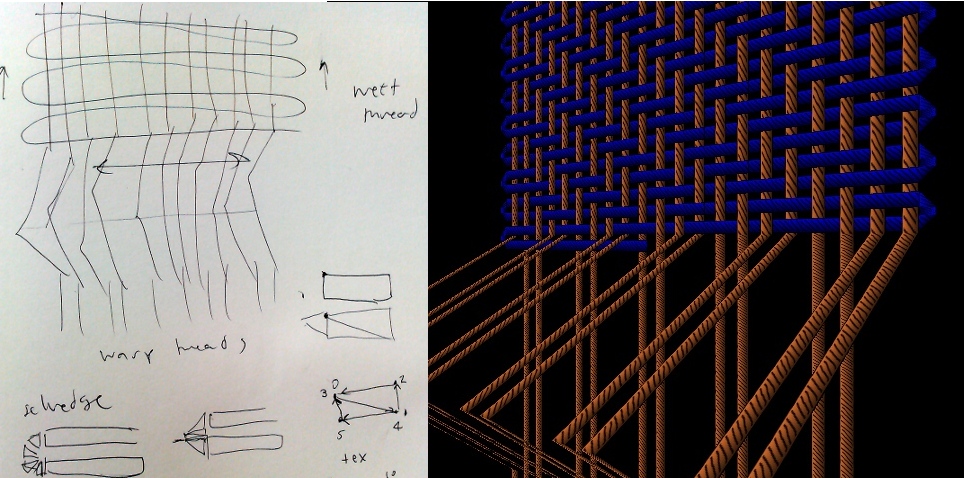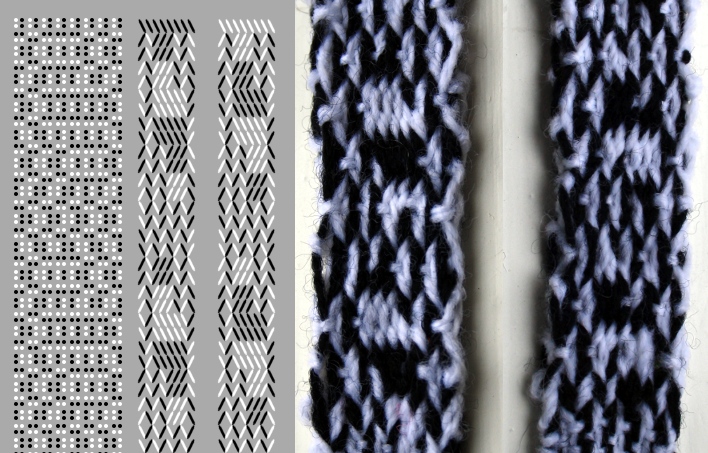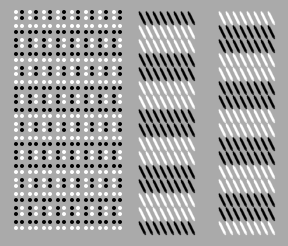Research symposium: Threads and Codes
http://kairotic.org/threads-codes/
10am-6pm, 6th March 2015
137 Richard Hoggart Building, Goldsmiths, New Cross, London SE14 6NW
The symposium is now full. Please use the comment form to join the reserve list.
The Weaving Codes, Coding Weaves project explores the practices of weaving and computer programming together, considering both looms and computers as algorithmic environments for creative work with pattern. The connection between computing and the Jacquard loom is well known, but we want to go deeper in history and philosophy, to investigate traditional work with threads for its digital nature, including the genesis of discrete mathematics in ancient looms. This will provide an unravelling of contemporary technology, finding an alternative account of computer programming with its roots in arts and craft. On this basis this symposium will investigate contemporary theoretical points where textile and code-based crafts connect.
All interested researchers and practitioners are warmly invited to join us for Threads and Codes, an all-day symposium which will consist of diverse talks and panels exploring the above topics, co-organised by Dr Ellen Harlizius-Klück (International co-investigator), Dr Alex McLean (principal investigator) and Prof Janis Jefferies (project partner). The results of the symposium will feed into a special issue of Textile: The Journal of Cloth and Culture.
Confirmed speakers
- Flavia Carraro, Centre for Textile Research, Copenhagen
http://is.gd/fcarraro - Emma Cocker, Nottingham Trent University
http://not-yet-there.blogspot.co.uk/ - Nigel Morgan, Tonality Systems
http://nigel-morgan.co.uk/ - Ellen Harlizius-Klück, Centre for Textile Research, Copenhagen
http://www.saumweberei.de/ - Janis Jefferies, Goldsmiths, University of London
http://www.gold.ac.uk/computing/staff/j-jefferies/ - Ebru Kurbak, University of Applied Arts, Vienna
http://ebrukurbak.net/ - Alex McLean, University of Leeds
http://yaxu.org/ - Simon Yuil, Goldsmiths, University of London
http://www.lipparosa.org/ - Theo Wright, Designer and Weaver, Coventry
http://www.theowright.co.uk/
We will update with the full programme soon.
Weaving Codes, Coding Weaves is a Digital Transformations project funded by the Arts and Humanities Research Council, UK. For more information on the project, see http://kairotic.org/




